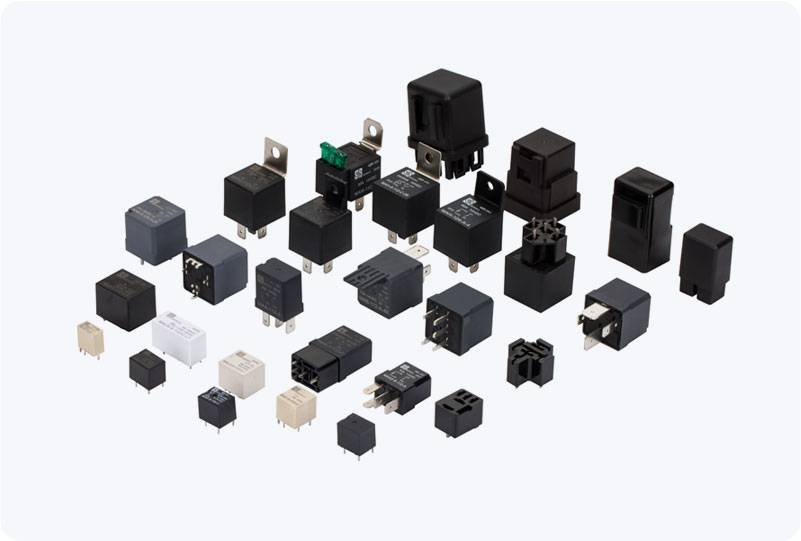Industrial relays are essential components in various electrical systems, used to control high-voltage circuits with low-voltage signals. They serve as switches that can activate or deactivate machinery and equipment in response to electrical inputs. However, like all electrical components, relays can sometimes malfunction, leading to system failures. To ensure your relay is functioning properly, it’s crucial to regularly test it. One of the easiest and most efficient ways to test an industrial relay is by using a multimeter. This guide will take you through the steps of how to test an industrial relay with a multimeter, helping you to diagnose common issues and keep your equipment running smoothly.

Understanding the Relay Components Before diving into testing, it’s important to understand the basic components of a typical industrial relay. An industrial relay consists of: Coil Pins: The coil is energized by an external current, which causes the relay to switch its contacts. These pins are crucial in determining whether the relay is operating correctly. Common Pin (COM): This is the input terminal for the switching contacts, where the power supply is connected. Normally Open (NO): When the relay is not energized, the connection between the NO pin and COM is open. Once energized, this connection closes.